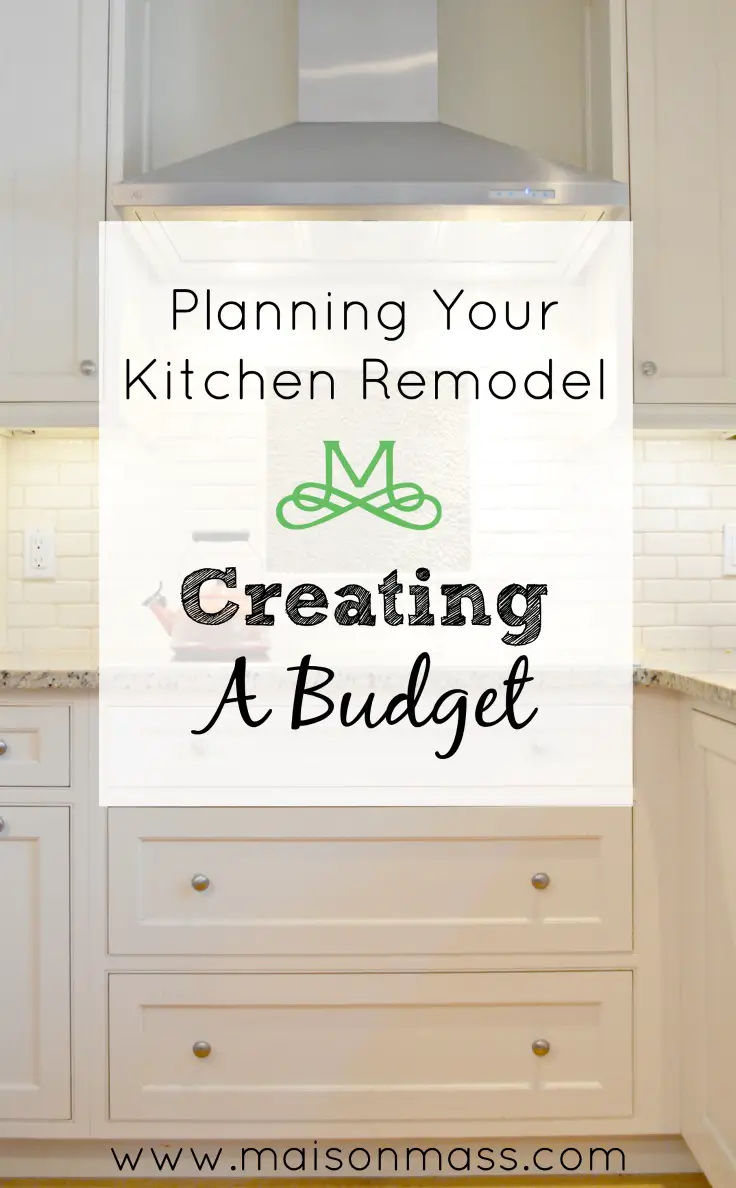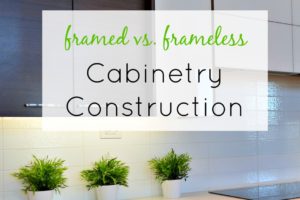This is the second in a series of articles about planning for your kitchen remodel. Be sure to check back next week more great advice!
Last week we talked about the fun stuff – the inspiration for your gorgeous, new kitchen design – if you missed it, you can catch up here. This week takes on a more somber and practical tone as we tackle budgeting for your kitchen remodel. It’s important to go into your kitchen remodel with a realistic budget so when you are out looking at all the beautiful products on the market, you can keep your eyes on the prize and come out the other end with a beautiful space that doesn’t drain your bank account.
There are three main factors to consider when setting your budget:
- Figure out what you can afford
First and foremost, you shouldn’t spend more than you can comfortably afford. It won’t be a dream kitchen for long if you go into debt over it. Sometimes this means you’ve saved up money over time and have an amount in mind. More often, folks are drawing on the equity in their home to finance a kitchen remodel (it’s tax deductible!). In this case, you’ll want to determine what additional payment you can comfortably handle each month and stick to that amount. If you go to your bank with a monthly dollar figure in mind that you can afford, your banker will be able to help you determine the amount you can borrow based on that payment amount and the current interest rates.You should also factor in an additional 20% of the total budget for overages and unforeseen expenses. As good intentioned and experienced as contractors are, forecasting what a remodel will cost is an imperfect science. We’ve all seen enough HGTV shows to know that as soon as you start opening up walls and pulling up floors, there is bound to be a hidden issue that reveals itself. If you accept this unfortunate reality and plan for it by budgeting these cost-overruns in, you’ll have a more pleasant experience.
Finally, set your budget and stick to it. There will be a great temptation to upgrade components as you shop the beautiful showrooms and see what is possible. Resist that temptation. A couple of hundred dollars here and there eventually adds up and before you know it you’ve blown your budget. It helps to determine ahead of time what the most important components of the kitchen are for you – are you a gourmet cook that wants top of the line appliances, or is the overall look more important to you and anything stainless steel will do? Do you have a big family and need a lot of bulk storage, or are you interested in displaying your hand-painted crockery collection? The point is, decide where you want to spend a little more – as well as what isn’t as important to you and where you can spend a little less. That way you won’t be tempted to splurge on every choice you need to make – only the ones that are critical to you.
So now that you’ve crunched the numbers and maybe you’ve determined you can spend a small fortune on a new kitchen – does that mean you should? Well, it all depends on the next two factors: how long you plan on staying in your home and what the value of your home is.
- How Long You Plan to Stay in Your House
A general rule of thumb is that if you are planning on staying in your house for less than five years, you shouldn’t spend more than 5% of the home’s value on the remodel because you just won’t get that money back on resale. If a move is imminent, you won’t be looking at this kitchen as your dream kitchen anyway and you should do just enough to ensure potential buyers are satisfied for your home’s price point – usually this includes updated cabinetry, stone countertops and stainless steel appliances. And it’s good practice to avoid trendy design elements and stick to neutral finishes if you plan to sell in five years or less.If you are planning on staying in your home five or more years, then go ahead and build (within your budget!) for your needs and tastes.
- The value of your home.
If you hope to see a return on your kitchen investment upon resale, you don’t want to overbuild for your neighborhood or house size. An industry rule of thumb is that a kitchen remodel should cost between 5% and 15% of the value of your home. If you spend more than that you won’t see a decent return on your investment on resale and if you spend too little, you probably aren’t putting in the type of kitchen buyers will expect to see in a home at that price point. According to HGTV, people who spent between 6%-10% of their homes’ value on their kitchen remodel saw the best return on investment.
Keeping these three factors in mind will help you develop a budget that is right for you. Once you have that magic number, be open and share your budget with your contractor so that there are no surprises. Let them know the budget is firm and ask if they have any ideas on cost-saving measures. Draw on their experience to help you realize your dream!
Kristen
For more in our kitchen remodel series:
Gathering Inspiration
Design Guidelines
Cabinetry
Countertops
Backsplash














